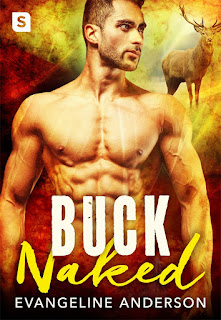Shamus
Check out an excerpt here
Janet Roger was apprehended for the first time at age three, on the lam from a strange new part of town. The desk sergeant looked stern, but found her a candy bar in his pocket anyway. Big mistake. He should have taken away her shoelaces. She's been on the run ever since.
As a teenager I’d read all of Raymond Chandler’s Philip Marlowe detective stories - not so long after they were written as I’d like to think - and they knocked my socks off. He wrote about a Los Angeles of neon-lit boulevards, a sour, gritty downtown and gun-toting cops (a novelty to this young European) and made them exotic. But what really got under my skin was Marlowe's voice guiding me around the next street corner, and beyond it into a stale apartment block or a down and low bar. He invited me in to look over his shoulder, let me see the highs and the lows, talked me through them and then put me in the seat beside him to drive me home. It was heady stuff, up to the point where the story began to seem incidental to the city, its moods and characters and speech patterns. What really mattered was a time, a place and the people you might run into there. I’d discovered a new kind of mystery writing and got hooked. I wasn’t the only one. Pretty soon it just wasn’t possible to take the Chandler out of anyone’s idea of LA. By now you might have the same thought about Leon and Venice, Lehane and Boston, or Block and New York. And when that happens, you know they’re getting under your skin too.
Janet Roger was apprehended for the first time at age three, on the lam from a strange new part of town. The desk sergeant looked stern, but found her a candy bar in his pocket anyway. Big mistake. He should have taken away her shoelaces. She's been on the run ever since.
As a teenager I’d read all of Raymond Chandler’s Philip Marlowe detective stories - not so long after they were written as I’d like to think - and they knocked my socks off. He wrote about a Los Angeles of neon-lit boulevards, a sour, gritty downtown and gun-toting cops (a novelty to this young European) and made them exotic. But what really got under my skin was Marlowe's voice guiding me around the next street corner, and beyond it into a stale apartment block or a down and low bar. He invited me in to look over his shoulder, let me see the highs and the lows, talked me through them and then put me in the seat beside him to drive me home. It was heady stuff, up to the point where the story began to seem incidental to the city, its moods and characters and speech patterns. What really mattered was a time, a place and the people you might run into there. I’d discovered a new kind of mystery writing and got hooked. I wasn’t the only one. Pretty soon it just wasn’t possible to take the Chandler out of anyone’s idea of LA. By now you might have the same thought about Leon and Venice, Lehane and Boston, or Block and New York. And when that happens, you know they’re getting under your skin too.




Comments